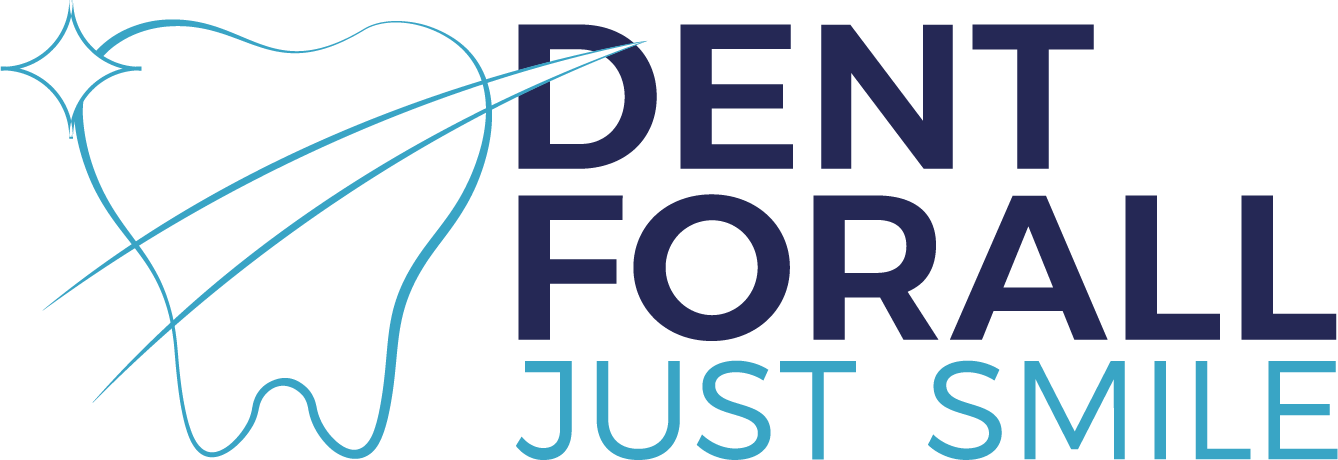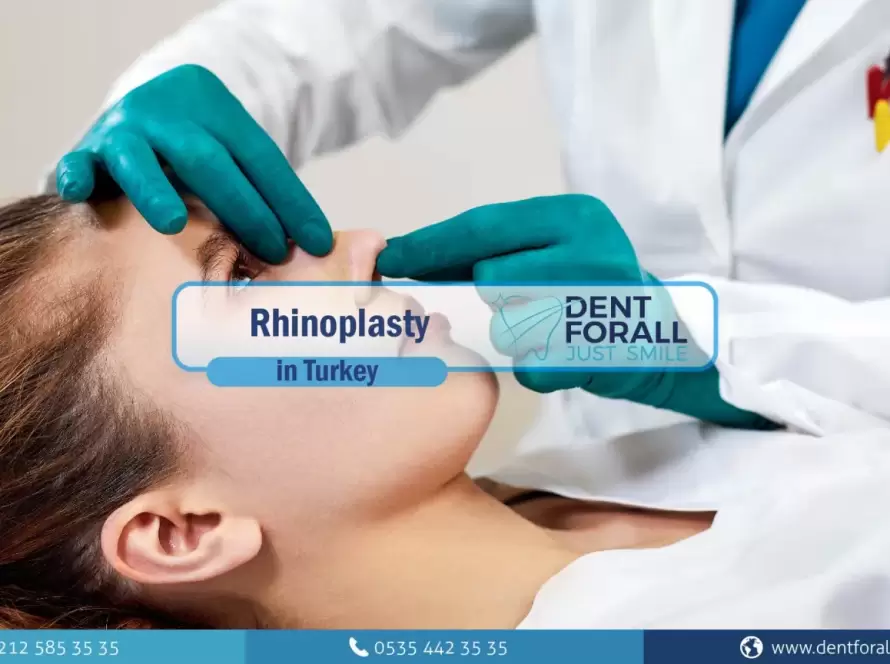The facelift offered today and the ancient techniques have nothing in common anymore, although they are based on the same principle: obtaining a superficial skin tightening by working at the subcutaneous levels.
Today, facial rejuvenation or a portion of it is called a lift. In fact, each area of the face can be treated separately (forehead, eye contour, cheekbones, cheeks, neck).
Thanks to the light and local facelift, microscopic liposuction for oily areas, and very short scars and fat fillers that restore normal volume to the face, the results are very natural. The secret of youth and good looks lies in the correct use of these different techniques for each face by an experienced surgeon with experience in the field.
Postural lift is the lightest and easiest; It leaves few traces and allows you to recover quickly.
Most facelifts are performed on people ages 40 or 50 and over.
Facial rejuvenation depends first and foremost on a face-lift that individually adapts to the characteristics of the face, performed by an experienced surgeon.
There are many approved techniques for face lifting, including:
Wrinkle plumping sessions of botulinum toxin (Botox) or hyaluronic acid.
– laser or radiofrequency skin tightening,
Peeling or dermabrasion of the skin to regenerate the surface layers of the dermis
Before the age of 40, using other techniques to delay the procedure is an excellent solution.
Before undergoing this type of surgery, the patient must make a preliminary medical examination of the area to be treated, especially the quality of the skin, and a photographic assessment. Also, there will be an examination by the anesthesiologist afterward for a pre-operative evaluation.
There should be a period of several weeks between the first consultation, the decision, and the surgery so that a decision about the operation is not made in a hurry. This period also enables the recommendations of the plastic surgeon to be implemented to ensure the smooth running of the process.
During the two weeks preceding the operation, the following recommendations must be taken into account:
You should not take any medicine containing aspirin.
The plastic surgeon and anesthesiologist should be informed of the ongoing treatments (even oral contraceptives), who may decide whether to stop taking them;
Smoking cessation is recommended due to the risk of necrosis from smoking.
The day of the operation (in the case of general anesthesia):
You should not eat or drink anything at least six hours before the operation (the operation is performed on an empty stomach).
The face must be free of make-up
Wear clothes that are easy to put on and take off.
The operation should be postponed in case of illness or pregnancy.
In most cases, the operation is performed under general anesthesia. And it can happen under local anesthesia, depending on the area to be treated.
The choice of anesthesia method should be discussed between the patient, the surgeon, and the anesthesiologist.
A facelift takes an average of two hours, and a facelift generally requires hospitalization for two days.
The length of time a facelift takes depends on the patient’s age, age during the procedure, and skin quality. It can range from 5 to 15 years.
The first result is visible from the second month, as soon as all traces of the operation have disappeared.
However, it will be necessary to wait for 3 to 6 months before you can achieve the final result.
Facelift costs can vary greatly depending on the experience of the surgeon and the exact type of procedure to be followed. The cost of Facelift in Turkey, in addition to other plastic surgeries, are much lower compared to Europe and the United States.
Facelift in Turkey is the perfect decision that you could make to have the best result .




